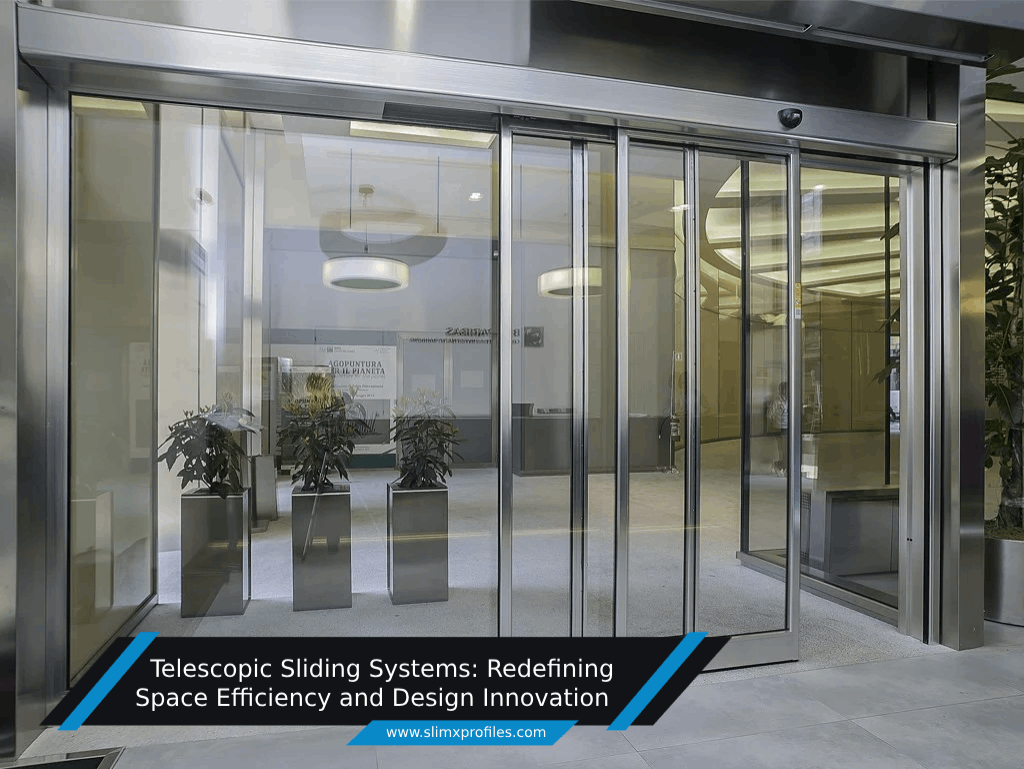Telescopic Sliding Systems: Redefining Space Efficiency and Design Innovation
In the realm of modern architecture and interior design, the telescopic sliding system stands out as a pioneering solution that seamlessly combines functionality, space optimization, and aesthetic appeal. This innovative sliding mechanism has revolutionized the way we perceive doors, offering a versatile and efficient approach to space utilization in both residential and commercial settings.
Telescopic sliding systems: where boundaries dissolve, opening doors to boundless possibilities within limited spaces.
Maximizing Space Efficiency
Telescopic sliding systems are designed to optimize space utilization without compromising on functionality. Unlike traditional sliding doors, these systems use multiple panels that stack neatly behind each other when opened, allowing for a wider clear opening. This unique feature makes them an ideal choice for spaces with limited room, maximizing usable space without encroaching on surrounding areas.
Uninterrupted Flow and Accessibility
The hallmark of telescopic sliding systems lies in their ability to provide uninterrupted access and smooth operation. The synchronized movement of panels ensures a seamless glide, allowing for effortless opening and closing without the need for additional clearance space. This feature not only enhances accessibility but also contributes to a sense of openness and fluidity within the environment.
Design Flexibility and Customization
One of the key advantages of telescopic sliding systems is their versatility in design and customization. Available in various materials such as glass, wood, or aluminum, these systems offer a wide range of aesthetic options to suit different interior styles and preferences. Additionally, customization options like panel finishes, handles, and hardware allow for tailored solutions that align with specific design visions.
Enhanced Visual Appeal and Natural Light
Telescopic sliding systems serve as elegant design elements that enhance the visual appeal of spaces. Their sleek and minimalist profile adds a touch of sophistication while allowing ample natural light to permeate the environment. This feature not only creates a brighter ambiance but also fosters a connection between indoor and outdoor areas, blurring the boundaries between spaces.
Integration of Technology and Functionality
Modern telescopic sliding systems often integrate advanced technology for enhanced functionality. From soft-closing mechanisms to automated operations controlled via remote or smart devices, these systems offer convenience and ease of use. Additionally, features like energy-efficient glass or soundproofing options contribute to a comfortable and sustainable living or working environment.
Conclusion
Telescopic sliding systems represent a paradigm shift in door design, offering a harmonious blend of space optimization, functionality, and aesthetic appeal. Their ability to maximize space efficiency, ensure smooth operation, and contribute to the overall ambiance of a space reaffirms their significance in contemporary architecture and interior design.

